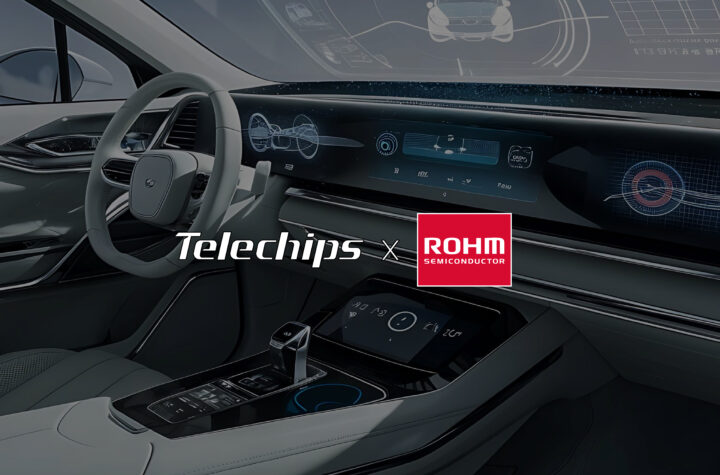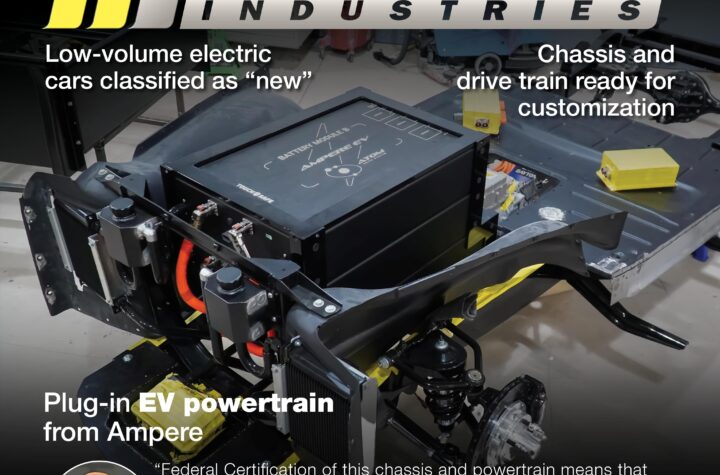
Honeywell (NYSE: HON) announced that SAE International, the world’s leading automotive engineering association, has reiterated that it has a “high level of confidence” that Honeywell’s new low-global-warming-potential mobile air conditioning refrigerant, HFO-1234yf, is safe for use in automobiles.
SAE International’s Cooperative Research Project (CRP), which included technical experts from 11 global automakers, said in a press release Monday that “the high level of confidence” that SAE CRP has in the safety of the refrigerant “continues to grow.”
The CRP said that the findings of its original evaluation of the refrigerant “remain well founded” and that the refrigerant “posed no greater risk than any other engine compartment fluids.” The CRP also said that testing conducted by Daimler late last year that raised questions about safety was “unrealistic” and used “extremely idealized conditions … while ignoring actual collision scenarios.”
“The SAE’s latest evaluation, combined with years of other extensive testing, leaves no doubt that HFO-1234yf is safe for automotive applications,” said Terrence Hahn, vice president and general manager for Honeywell Fluorine Products. “Automakers globally continue to adopt this new, effective solution to comply with new environmental regulation, including the European Union’s Mobile Air Conditioning (MAC) Directive.”
HFO-1234yf, a highly-efficient, safe and effective replacement for HFC-134a, is already in use by the auto industry. It reduces global warming impact by 99.7 percent over HFC-134a and, according to third-party data, its adoption in cars today would have the greenhouse gas equivalent impact of removing more than 4 million cars from European roads.
HFO-1234yf was the subject of comprehensive testing conducted by an SAE CRP from 2007 to 2009. That CRP, which was sponsored by 15 global automakers, including all leading German automakers, major suppliers and 18 international, independent research institutes, concluded that HFO-1234yf is safe for use in automobile applications.
SAE initiated the latest CRP after Daimler raised questions about the refrigerant’s flammability. SAE said the CRP’s latest evaluation was expanded based on Daimler’s concerns, but that “the CRP has found that the refrigerant is highly unlikely to ignite and that ignition requires extremely idealized conditions.”
“The SAE CRP team of OEMs has also identified that the refrigerant release testing completed by Daimler was unrealistic by creating the extremely idealized conditions for ignition while ignoring actual real world collision scenarios,” the SAE said in its announcement. “These conditions include specific combinations of temperature, amount and distribution of refrigerant, along with velocity, turbulence, and atomization, which are highly improbable to simultaneously occur in real-world collisions.”
By comparison, the CRP said its safety evaluation of the refrigerant used, “universally accepted engineering methods, including analysis of recent OEM testing from actual vehicle crash data, on-vehicle simulations, laboratory simulations, bench tests, and over 100 engine compartment refrigerant releases.”
The CRP said it is continuing to review use of the refrigerant. “The CRP continues to populate the fault trees to insure completeness of the risk assessment through pragmatic and factual input based on the latest and most accurate data available,” the CRP said. “Fault tree analysis as conducted by the CRP is the most appropriate approach for evaluating risks of new alternative refrigerants. This approach has been recommended and employed by numerous public and private organizations including the U.S. Environmental Protection Agency, the U.S. Department of Energy, the International Electrotechnical Commission, the European Union Joint Research Centre and the United Kingdom Health and Safety Executive.”
The latest CRP included European, North American, and Asian automakers, including Chrysler/Fiat, Ford, General Motors, Honda, Hyundai, Jaguar Land Rover, Mazda, PSA, Renault and Toyota.
HFO-1234yf is being adopted by automakers in part to meet the European Union’s MAC Directive, which aims to reduce the greenhouse gas emissions of air-conditioning systems in passenger cars and light commercial vehicles. The directive requires that refrigerants in all new type vehicles sold in Europe after Jan. 1, 2013, have a global-warming potential (GWP) below 150 and that all cars sold after 2017 meet the lower GWP requirement.
SAE International, formerly known as the Society of Automotive Engineers, is an independent, global association of more than 133,000 engineers and related technical experts in the aerospace, automotive and commercial-vehicle industries.
Under rare conditions, HFO-1234yf exhibits mild flammability, at levels significantly lower than highly flammable materials already present under the hood of an automobile, including motor oil, automotive transmission fluid, radiator antifreeze, brake fluid, and compressor lubricant – not to mention fuel. For a video on this topic, which includes a comparison of HFO-1234yf vs. HFC-134a and other materials, visit www.1234facts.com/resources or www.1234fakten.de/ressourcen.
Honeywell (www.honeywell.com) is a Fortune 100 diversified technology and manufacturing leader, serving customers worldwide with aerospace products and services; control technologies for buildings, homes and industry; turbochargers; and performance materials. Based in Morris Township, N.J., Honeywell’s shares are traded on the New York, London, and Chicago Stock Exchanges. For more news and information on Honeywell, please visit www.honeywellnow.com.















More Stories
ROHM’s PMICs for SoCs Adopted in Reference Designs for Telechips’ Next-Generation Cockpits
Southfield Classics utilizes Ampere EV engineering to become the first manufacturer to achieve Low Volume Vehicle Manufacturer Certification
Mosaic Click board from MIKROE delivers global coverage multi-band and multi-constellation tracking ability